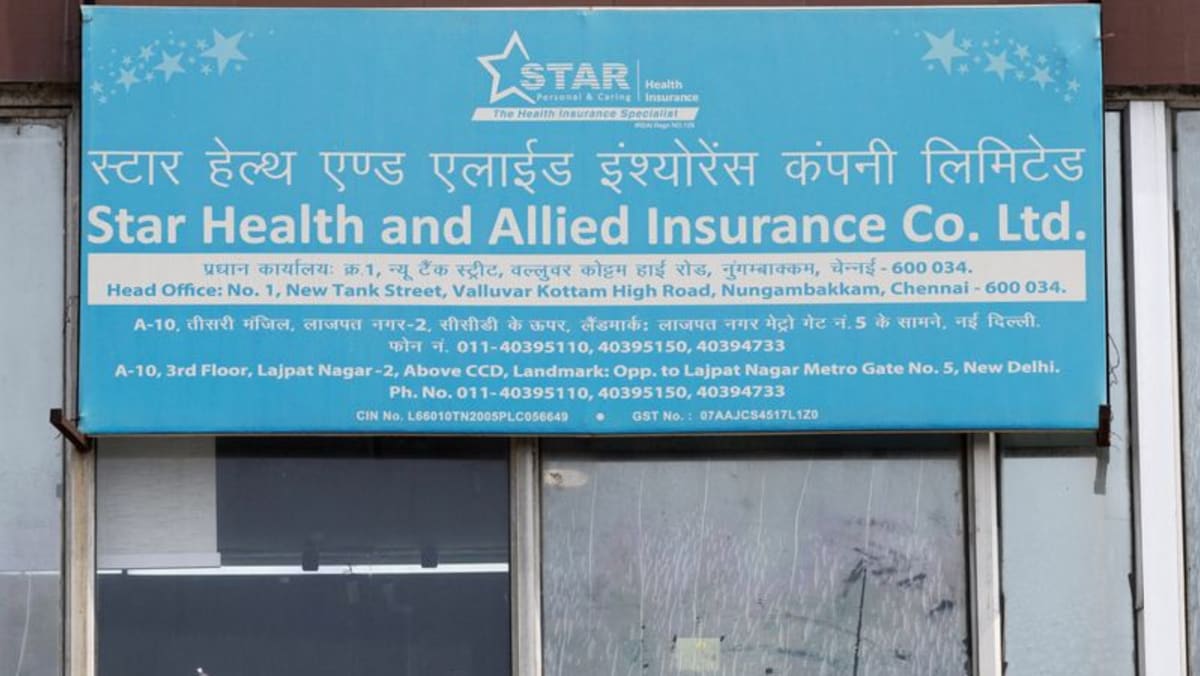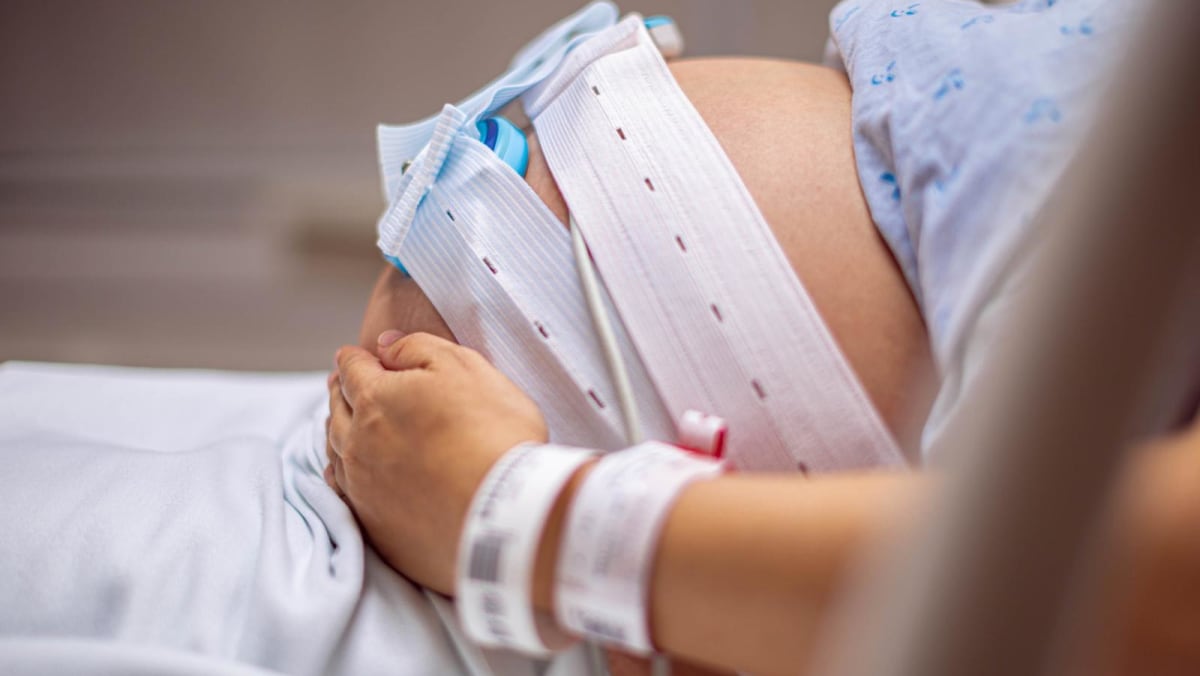Dr Cheryl Lau, a senior consultant surgeon specialising in colorectal surgery, at Aeon Surgery, Colorectal Surgery and Endoscopy Clinic told CNA Women that a vast majority of obstetric-related fistulas are anovaginal fistulas. In developed countries, they are rare and occur in about 1 to 3 per 10,000 deliveries.
Globally, there are an estimated 100,000 cases of obstetric fistulas per year, according to Professor Christopher Chong, a urogynaecologist, obstetrician and gynaecologist at Gleneagles Hospital. However, he added that such cases are less common in Singapore and other developed countries.
WHO IS AT RISK
During childbirth, certain factors can increase the risk.
Prof Chong explained that the perineum – area between the vagina and anus – is generally shorter in Asian women, and the vaginal opening is small compared with the baby’s head.
“The foetal head coming through the vagina typically causes tears, which is why very often, especially for first delivery in Asian women, the obstetrician makes a cut called episiotomy (commonly away from the anus). This serves to deviate the tear away from the anus and minimise ragged and erratic tears,” he said.
However, an obstetric fistula can still occur due to complications, such as delivering a big baby, a baby with a large head, an instrumental delivery (for example, use of forceps), a very rapid labour or a prolonged one, or when the baby is delivered in a non-optimal position.














